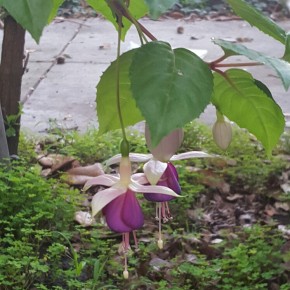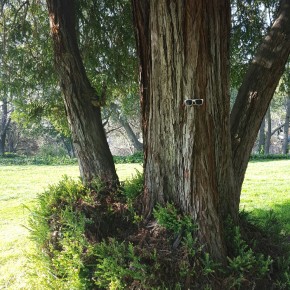Welcome, readers, to March’s issue of Synchronized Chaos Magazine! This issue seems to center on energy in various forms, both literally as a power source and poetically as a metaphor for people finding the inner strength needed to spur them on to greater insights.
Jaylan Salah writes about finding solace and creative energy through the Finnish rock band Poets of the Fall. As a writer and artist and a young person, Jaylan found welcome, affirmation, and thought-provoking ideas in the lyrics and beauty in the voices of her favorite band.
Since ancient times music has punctuated our life journeys and lubricated our experiences, from early hide drums and wooden dulcimers and lyres and chants to modern sounds produced through technology.
Michael Robinson also writes of his poetic inspirations in taut, restrained free verse, using birds and nature as a motif. Seagulls and peacocks have been present during various seasons of his life and thus evoke various emotions.
Joan Beebe celebrates nature’s renewal and beauty during spring. Her work, written with joy and full sincerity, heralds the coming of warmer weather. She also encourages readers to keep track of their pleasant memories by holding onto mementos.
Peter Jacob Streitz contributes a short story on the loss of innocence and natural human life-energy due to repression and fear from people who moved too fast to control what they did not understand. Elizabeth Hughes, in her monthly Book Periscope literary review column, reviews novels from Hazel Boyd which describe how a group of people, friends and lovers, work to maintain the caring and energy in their relationships over time despite the complications and challenges they face.
And, finally, in a writeup from museum docent Cristina Deptula, there’s a discussion of Lawrence Berkeley National Laboratory researcher Dr.Adam Weber’s research into improving the efficiency of hydrogen fuel cells. While Weber affirms the promise of this form of energy storage within the next 50 years, the technology will require much thought and effort to bring it to the point where it can become commercially useful. He outlines some challenges researchers are facing and methods they are using to work around these issues.
We hope this issue serves as a kind of ‘muse’ for readers as they continue their own creative and personal journeys.
- Fuschia in Oakland, CA
- Here’s Looking At You, Kid


